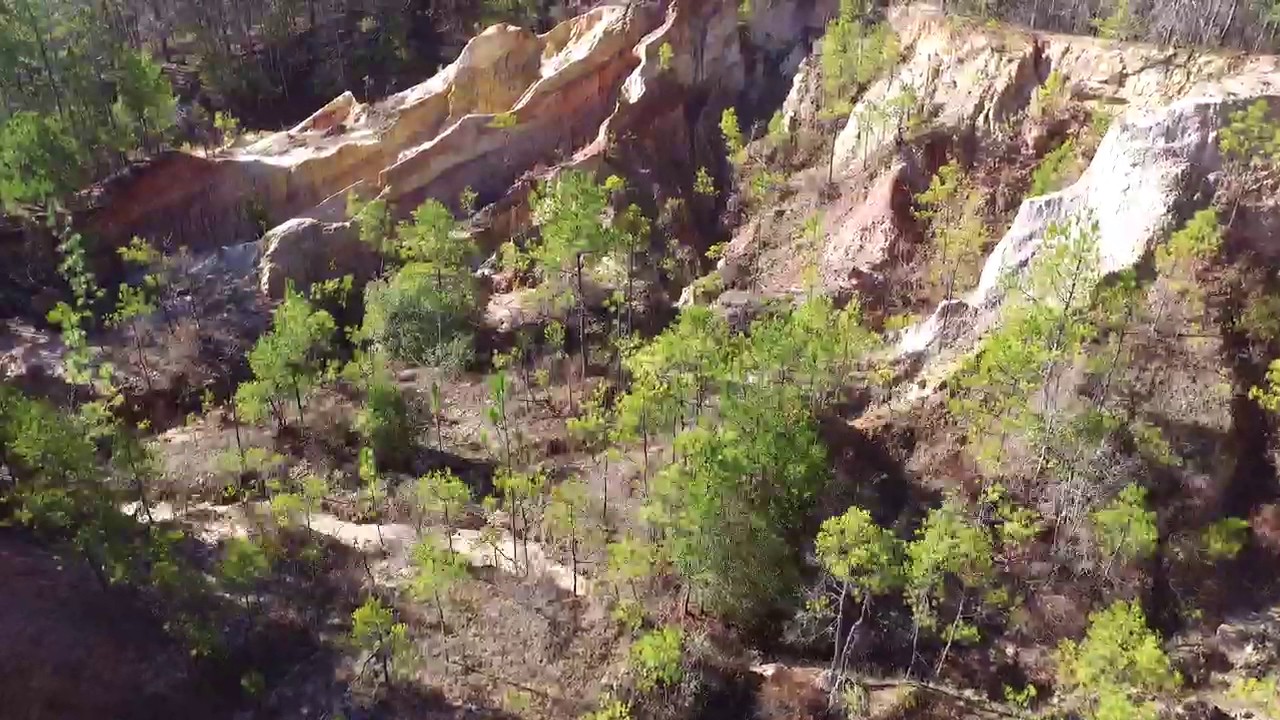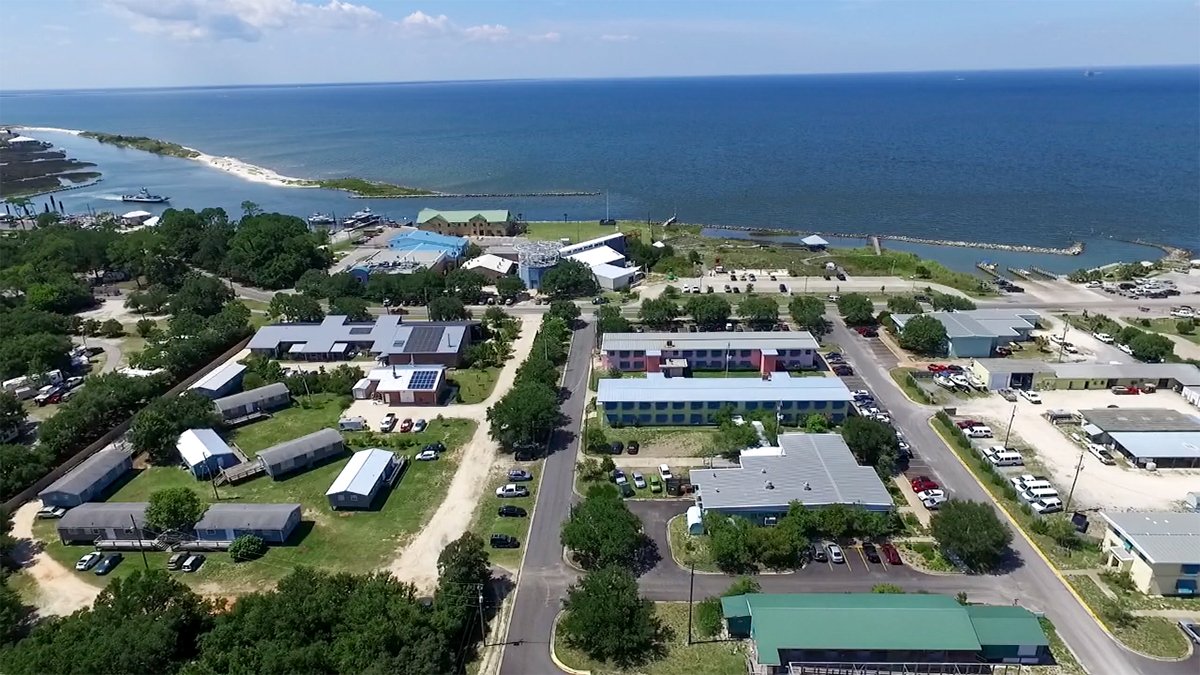Alabama Marble Is The Some of the Most Famous In the World
Alabama marble is not only one of the highest qualities of stone in the world; it is also one of the most famous.
It has been used in numerous works of fine arts not only in the state, but in the country.
Since the year 1900, approximately 300 million tons has been quarried in Sylacauga alone, and there are several other areas of the state where this natural resource abounds in abundance.
Its quality is second to none in the entire world including Italian Marble, and for this reason, it has been highlighted in perhaps the most famous place in the country, Washington D.C.
The world famous Italian sculptor Giuseppe Moretti, who arrived in this historic state in 1903, is undoubtedly the most famous person associated with this precious natural resource.
He first came across Alabama marble while under commission to build the famous Vulcan statue in Birmingham, which at the time was the city’s contribution to the St. Louis Exposition.
The St. Louis Exposition, better known as the Louisiana Purchase Exposition, was the 1904 World’s fair.
However, he also created another piece for the fair out of Alabama Marble, the “Head of Christ”, which captured as much if not more attention than the Vulcan Statue did.
The famous sculpture of the “Head of Christ” currently resides on the third-floor landing of the main staircase at the Alabama Department of Archives and History in Montgomery.
However, Alabama marble was also used in a sculpture of the bust of Abraham Lincoln that is on display in the United States Capital Building, as well as being used to construct the famous Lincoln Memorial.
But that is not all, as it was also used at the United States Supreme Court Building a well.
In fact, the quality of this natural resource is considered so high that it has been quarried, cut, and polished for over 160 years, and used as monument stone and building stone again not only in the state, but the entire country.
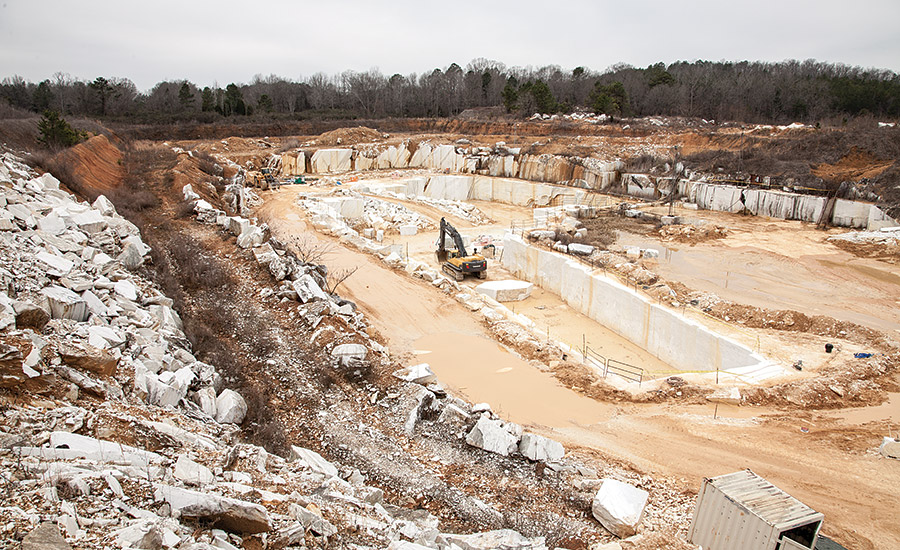 Alabama Marble Quarry One
Alabama Marble Quarry OneThe History of Alabama Marble
Alabama Marble has a very long and rich history in this historic state.
It has been a huge component of the state’s mining industry since the early 1830’s, even as the uses for stone have changed in the country over time.
Although production of this natural resource and the official state rock of the state are centered on the town of Sylacauga in Talladega County, it is also plentiful in other parts of the state.
It can be found in the east-central parts of the state including Bibb, Calhoun, Etowah, Lee, Macon, St. Clair, and Shelby counties as well.
However, Sylacauga’s marble bed is considered to be by far the largest and best in the state, as it is approximately 32 miles long, 1.5 miles wide and over 400 feet deep.
Because of this, it is called the “Marble City”.
Alabama Marble is a metamorphic rock that derives from limestone, (which is considered to be a sedimentary rock), and when subjected to extreme heat, it changes its structure.
It is very fine grained and a lot more durable than limestone, which is also used regularly in building materials.
The person who is credited with discovering and then exploited this natural resource was a physician by the name of Edward Gantt.
It is suggested that in the year 1814 he spotted very large deposits of Alabama Marble while he was traveling to what is now the city of Sylacauga, with General Andrew Jackson.
He returned to the area 20 years later in 1834, where he immediately began buying large amounts of land that he knew had large marble deposits.
He then entered into partnerships with several business associates, to begin a quarry to mine this precious natural resource.
However, he was not alone in his interest in this natural resource, as the George Herd Family also invested in several quarries and actually established the first mining operations in Sylacauga in the mid 1830’s.
He sold the first products produced from his mines in 1838, and began shipping the Alabama Marble around the central art of the state.
The original use for this natural resource was for headstones, but as a business man he began to advertise its many possible uses.
By the mid 1880’s, the marble industry was beginning to explode, and soon became a central facet of mining in the state.
As time progressed into the 1900’s, Alabama Marble was gaining tremendous demand in neoclassical architecture, which features several elements highlighting marble.
However, it was also gaining a lot of attention in the sculpting art, and as a result of the two interests, these companies were shipping Alabama Marble nation-wide.
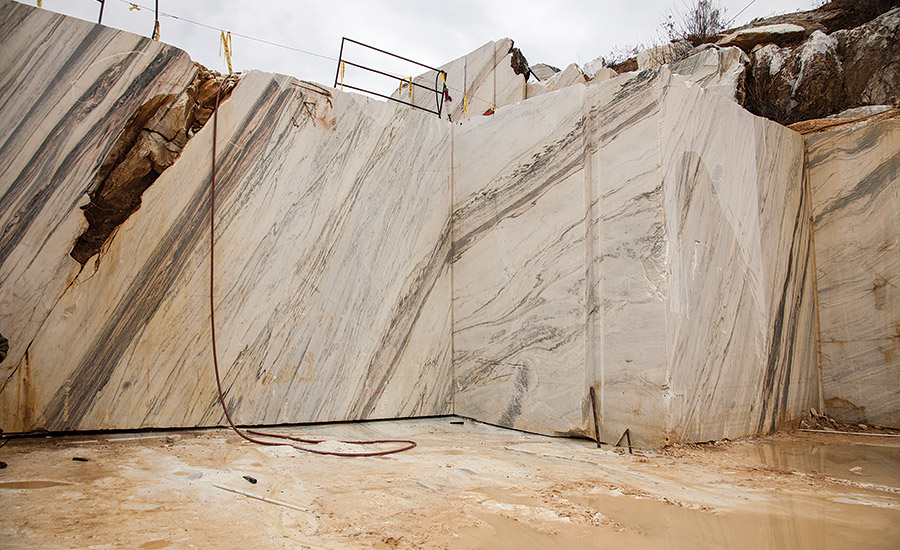 Alabama Marble Quarry Two
Alabama Marble Quarry TwoThe Growth of Alabama Marble
As the demand for Alabama Marble grew, so did the growth of the local mining industries.
More towns begin mining operations of this bountiful natural resource, such as Gantt’s Quarry and Dolomite, and the towns located there along with Sylacauga grew.
The workers that were coming into these gowning communities were generally from larger mining operations in the south, and they were looking for better working conditions.
However, this industry leaned toward craftsmen with advanced skills, and because of this, a lot of workers that came into this industry were from Europe, especially Italy, were marble quarries were dominant.
The tools used to mine Alabama Marble advanced very rapidly from 1880 to 1890.
The industry started to focus on industrial uses for this natural resource, especially using it a flux in purifying steel.
During these times, it was dynamited out of rock, then sawed into smaller chucks, and finally ground into granules.
This process required very simple tools, but it often left the product scratch and jagged.
As it progressed into the 20th century, the invention of carborundum, which was a type of grinding material, grinding blades soon replaced the steel saws, which immediately allowed for more precise cuts.
By the mid 1930’s, electricity replaced the steam engines being used and diamond blades replaced carborundum, which led to a huge increase in the output.
Giuseppe Moretti, the famous sculptor, made several attempts at quarrying, and finally formed the Moretti-Harrah Marble Company in the early 1920’s.
He acquired several financial backers because of his skill at sculpting, but he did not have the business acumen to make them pay off.
His company still grew, but in 1908 the Alabama Marble Company established a site at the former Gantt Quarry, and the two companies dominated the business.
However, in the 1940’s, outside companies moved in and both companies were bought out by Georgia firms.
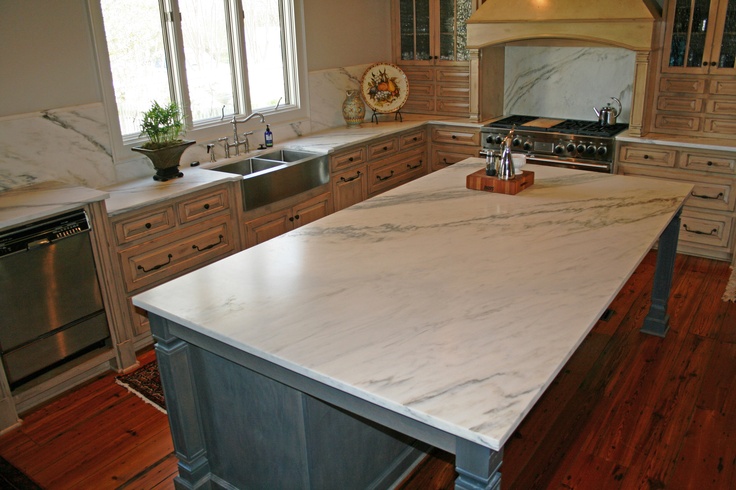 Alabama Marble Uses
Alabama Marble UsesFacts about Alabama Marble
There are several interesting facts about Alabama Marble that most people are not familiar with, and they include the following.
- Color
- Hardness
- Ability to Polish
Color
This natural resource is by nature a light-colored rock.
When it is formed in limestone, it has very few imparities and is white in color.
However, if it does contain impurities including clay, iron oxides, or bituminous material, it can turn bluish, pink, grey, yellow, or even black in color,
But there is one thing that makes the marble from Sylacauga stand out; it is a very high-grade crystalline texture, is almost pure white, and is extremely attractive.
Hardness
Marble is composed of calcite, and as a result, it has a hardness of three on the Mohs hardness scale.
Because of this, it is very easy to carve, and this is the reason it is used to make sculptures as well as ornamental objects.
The low hardness of this natural resource also makes it very useful as a calcium additive in animal feed and is especially helpful for dairy cows and egg-producing chickens.
Ability to Polish
The final fact about Alabama Marble is its ability to polish.
After it is sanded with by finer abrasives, this natural resource can easily be polished to a very high luster.
This allows the more attractive pieces to be cut, polished, and then used as floor tiles, panels in architecture, facing stones, windowsills, stair rails, as well as columns and decorative stone.
Alabama Marble is very unique and very special indeed.
References
https://www.thisisalabama.org/2017/03/20/word-alabama-white-marble/
Little Known Facts About Alabama

Alabama Gift Store
Numerous Items for You and Your Family to Enjoy
See it here at the Gift Store
Copyright 2019-2023 Alabamabackroads.com
All Rights Reserved

